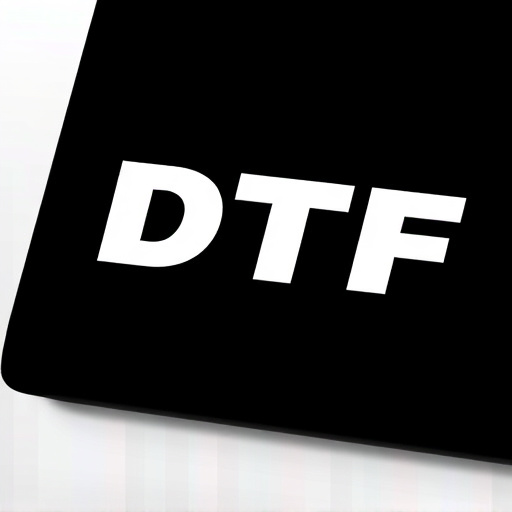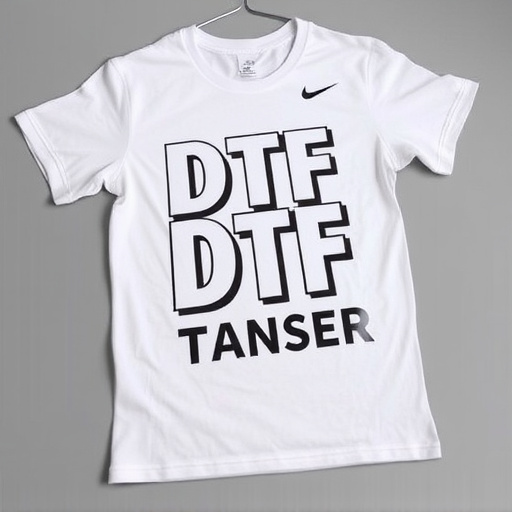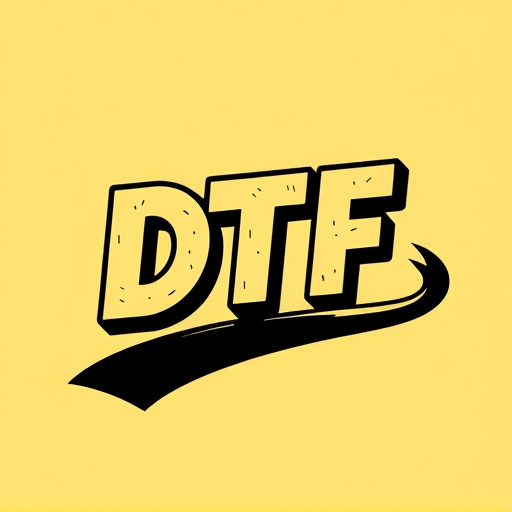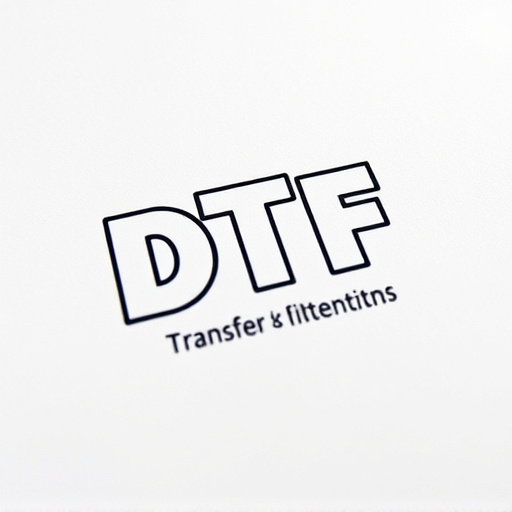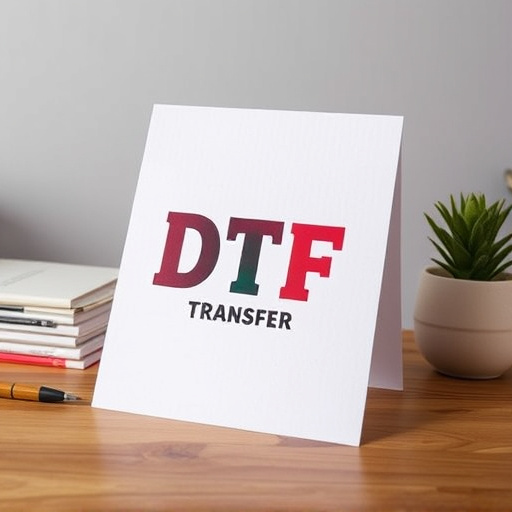DTF (Direct-to-Film) printing is an accessible, versatile technology that lets hobbyists and artisans create custom, high-quality designs on various surfaces from digital files. It streamlines production with specialized printers depositing ink onto film, transferred to materials like T-shirts, mugs, or wood. Beginners must understand ink types, print profiles, and prepare art files correctly. Choosing the right materials, equipment, software, and investing time in learning enables creators to produce professional results. The future of DTF printing promises enhanced quality, material versatility, automated tools, and AI settings, attracting a broader audience through innovative digital integrations.
Direct-to-film (DTF) printing offers a captivating, low-cost solution for hobbyists and artisans seeking creative expression. This article explores the world of DTF, from understanding its fundamentals to unlocking its unique advantages. We’ll guide you through choosing the right materials, mastering design techniques, and overcoming common challenges. Discover how DTF is revolutionizing DIY projects and shaping the future of creative endeavors, making it an exciting option for enthusiasts to turn their visions into reality.
- Understanding Direct-to-Film (DTF) Printing: A Beginner's Guide
- Advantages of DTF for Hobbyists and Artisans
- Choosing the Right Materials and Equipment
- Techniques to Create Stunning Designs for DTF
- Common Challenges and How to Overcome Them
- The Future of DTF: Trends and Opportunities for Creatives
Understanding Direct-to-Film (DTF) Printing: A Beginner's Guide
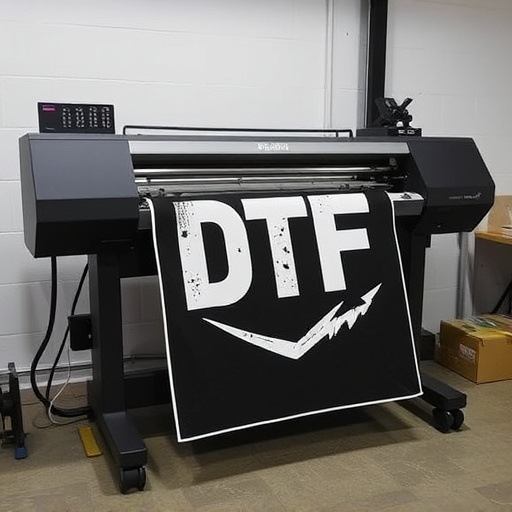
Direct-to-film (DTF) printing is a cutting-edge technology that allows hobbyists and artisans to create high-quality, custom designs on various surfaces directly from their digital files. Unlike traditional printing methods, DTF eliminates the need for complex setup and plates, making it more accessible and efficient. The process involves using specialized printers that deposit ink onto a film, which is then transferred to the desired material, such as T-shirts, mugs, or wooden objects.
For beginners, understanding the basics of DTF printing involves grasping key concepts like ink types (water-based, solvent-based, or UV curable), print profiles, and preparation of digital art files. Ink selection is crucial as it determines the final look and suitability for different materials. Print profiles should be adjusted based on the medium to ensure optimal color accuracy and adhesion. Digital designs must be carefully prepared with the right resolution, color mode, and formatting to achieve the best results. By familiarizing themselves with these fundamentals, hobbyists and artisans can unlock the potential of DTF printing to bring their creative visions to life with precision and ease.
Advantages of DTF for Hobbyists and Artisans
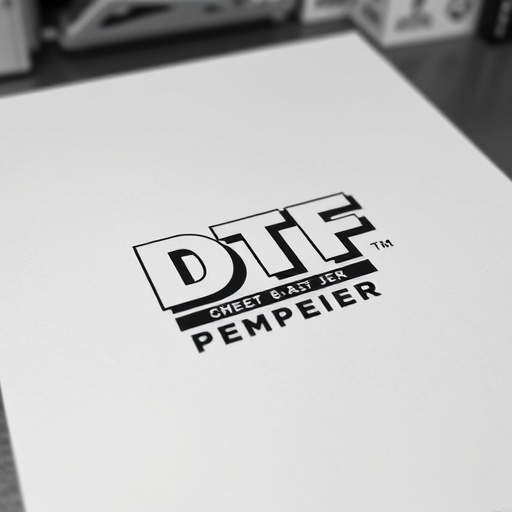
Direct-to-film (DTF) printing offers a host of advantages for hobbyists and artisans, making it an attractive option in the world of customization and small-batch production. One of its key benefits is accessibility; DTF allows individuals to create unique, personalized items without requiring advanced technical skills or expensive equipment. This accessibility democratizes design and manufacturing, enabling folks with creative visions to bring their ideas to life.
Furthermore, DTF printing is incredibly versatile. It accommodates a wide range of materials, from plastics and resins to fabrics and metals, allowing artisans to experiment and explore diverse mediums. This versatility fosters innovation, encouraging hobbyists and artisans to push boundaries and create intricate, one-of-a-kind pieces that stand out in today’s market.
Choosing the Right Materials and Equipment
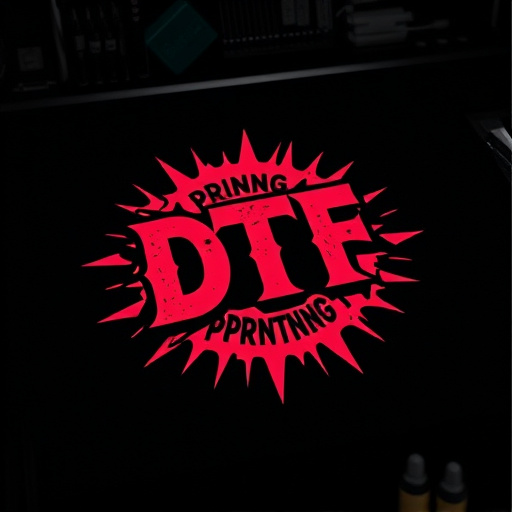
When embarking on a direct-to-film (DTF) printing project, selecting the appropriate materials and equipment is a cornerstone of your success. Hobbyists and artisans should consider their skill level, project complexity, and desired outcome when making these choices. High-quality inks and substrates are essential for achieving crisp details and vibrant colors in your final prints. Look for DTF Printing kits that include a variety of media options to suit different craft projects, from t-shirts and mugs to wood and canvas.
Invest in reliable printers designed specifically for DTF Printing, as these machines offer the precision and control needed to produce professional results. Ensure your workspace is equipped with essential tools such as cutting mats, scalpel knives, and laminators (if necessary) to prepare and finish your prints. Remember that the right materials and equipment will streamline your creative process, allowing you to focus on unleashing your artistic vision.
Techniques to Create Stunning Designs for DTF
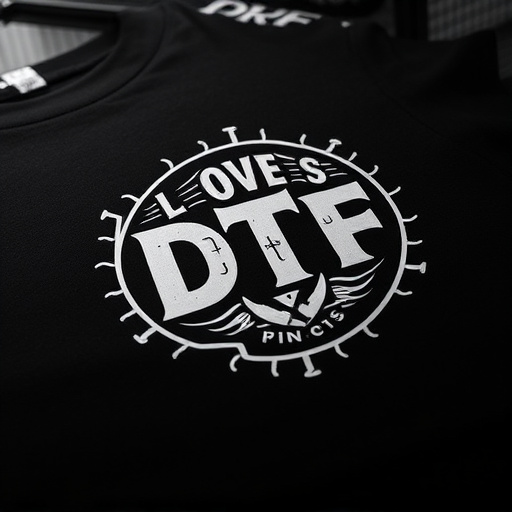
Direct-to-film (DTF) printing offers a plethora of creative opportunities for hobbyists and artisans to bring their designs to life. To create stunning DTF artwork, consider exploring various techniques that can elevate your work. One powerful method is vector illustration, which allows for precise, clean lines and intricate details. Tools like Adobe Illustrator or CorelDRAW enable artists to craft complex designs that are perfect for printing.
Experimenting with different color palettes and gradients can also add depth and dimension to your DTF creations. Using software features such as transparencies and layering techniques, you can achieve captivating visual effects. Furthermore, combining traditional art forms like painting or drawing with digital manipulation opens up endless possibilities for unique and personalized designs that will truly stand out.
Common Challenges and How to Overcome Them
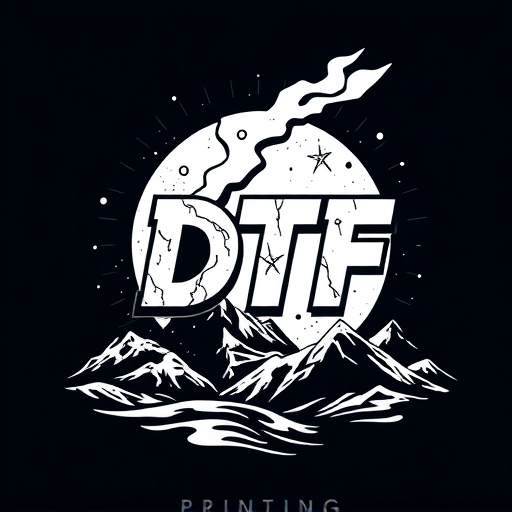
Direct-to-film (DTF) printing offers a unique and accessible way for hobbyists and artisans to bring their creative visions to life, but it’s not without its challenges. One common hurdle is achieving high-quality, crisp prints on a variety of materials. This often requires experimentation with different printers, inks, and settings. Investing in a reliable DTF printer designed for versatility, along with using top-quality materials, can significantly improve print outcomes.
Another challenge lies in the learning curve associated with new technologies. DTF printing demands an understanding of ink types, cure processes, and material compatibility. Overcoming this requires dedication to research and practice. Online tutorials, community forums, and hands-on experimentation will help hobbyists gain proficiency. Remember that persistence is key; each print job is a chance to refine skills and produce exceptional results.
The Future of DTF: Trends and Opportunities for Creatives
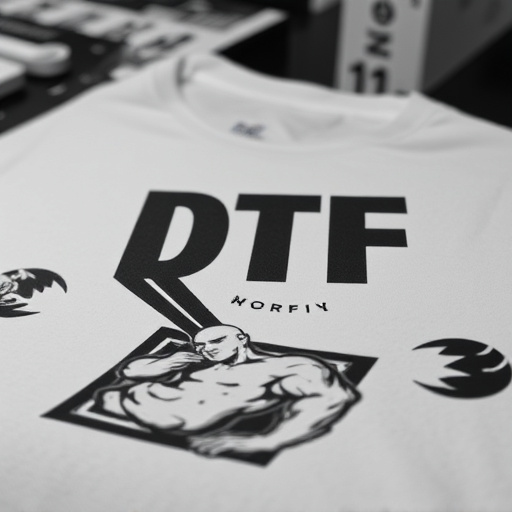
The future of Direct-to-Film (DTF) printing is brimming with exciting trends and opportunities for hobbyists, artisans, and creators. One notable trend is the continuous improvement in print quality and material versatility. Modern DTF printers now offer more vibrant color gamuts, allowing artists to bring their most intricate and detailed designs to life. With advancements in materials, creators can experiment with various substrates, from traditional T-shirts and mugs to unique items like wooden signs, metal jewelry, and even 3D-printed models. This versatility opens up a world of possibilities for artisans to monetize their skills and create one-of-a-kind products.
Moreover, the integration of technology is transforming DTF printing into a seamless, efficient process. Automated design tools and AI-driven print settings enable users with varying levels of expertise to achieve professional results effortlessly. As 3D scanning and virtual reality technologies mature, creators could soon import complex designs directly from their digital creations, further blurring the lines between digital and physical arts. This evolution promises to make DTF printing more accessible and appealing to a broader audience, fostering innovation and creativity in the world of hobbyist and artisanal production.




